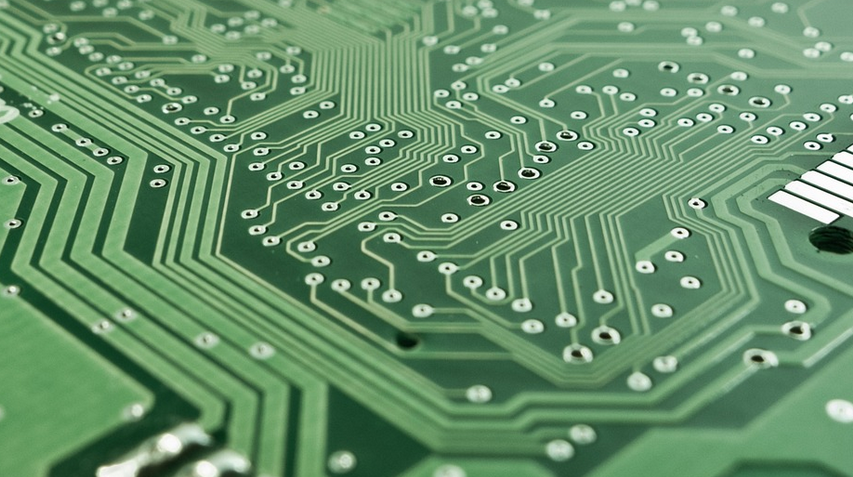The Rise of LiPo in Aviation
Imagine soaring through the clouds, powered by a battery lighter and more efficient than ever before. This is the promise of lithium-polymer (LiPo) batteries taking center stage in the world of aviation.
For years, lead-acid batteries have been the standard for airplane power. But as technology evolves at breakneck speed, there’s a growing demand for lighter and more sustainable solutions. LiPo batteries are stepping up to the challenge, offering exciting opportunities for the future of air travel.
LiPo batteries boast several key advantages over their predecessors: they’re incredibly lightweight, compact, and offer significantly longer shelf life. These characteristics translate into lower fuel consumption, reduced maintenance requirements, and a more environmentally friendly approach to powering our skies.
At the heart of this technology is the unique chemistry of LiPo batteries. Unlike traditional lead-acid batteries that rely on heavy lead components, LiPo’s use of electrolyte solutions allows for much greater energy density and lighter weight. This means a battery that packs more power into a smaller footprint.
For airplanes, this opens up a world of possibilities. Imagine electric planes with less reliance on fuel, making air travel greener, quieter, and even potentially cost-effective in the long run. It’s not just about saving resources; it’s also about creating new possibilities for flight.
The application of LiPo batteries extends beyond just powering general aviation planes and drones. They are finding their way into smaller, more specialized aircraft as well. These applications include: small commuter planes, business jets, experimental aircraft, and even remotely operated vehicles (ROVs).
But this is not a simple replacement; it’s a journey towards a new kind of aviation. The transition from traditional batteries to LiPo requires careful consideration of safety, regulatory hurdles, and technological advancements.
Battery management systems (BMS) are crucial in the integration of LiPo batteries into aircraft. These sophisticated systems manage the charging and discharging of the battery pack, ensuring safe operation and maximizing efficiency. BMS play a vital role in protecting against over-charging, overheating, and other potential safety hazards.
Safety regulations for aircraft are incredibly rigorous, and LiPo batteries must meet these standards before they can be used on airplanes. This involves extensive testing and certifications to ensure the battery’s structural integrity, safety features, and overall reliability in extreme environments.
As technology progresses, new applications of LiPo batteries are constantly being explored. One example is the development of “hybrid” aircraft that combine traditional combustion engines with electric motors powered by LiPo batteries for increased efficiency and reduced emissions.
The future of LiPo in aviation is bright. It holds the potential to revolutionize how we fly, leading to cleaner travel, less noise pollution, and a more sustainable approach to air travel. But, with this exciting potential comes challenges that require collaboration and ingenuity.
Challenges on the Horizon
The move towards LiPo batteries is not without its hurdles. A few key areas of focus are needed to unlock their full potential:
- **Safety standards:** Stricter regulations for LiPo battery use in aviation require further development to account for the unique characteristics and challenges of this technology.
- **Scalability:** The current production capacity of LiPo batteries needs to increase significantly if we’re going to fully embrace their potential across a wider range of aircraft. Finding ways to produce these batteries at scale is key to their widespread adoption.
- **Infrastructure:** Ensuring the right charging infrastructure around the world for LiPo batteries is crucial to support the transition and ensure smooth operation of electric air travel.
Looking Ahead
With the ongoing advancements in battery technology, research continues in areas like solid-state batteries, which promise to be safer, lighter, and more powerful than current LiPo batteries. This development will ultimately lead to more efficient and sustainable aircraft. The future of aviation is undeniably intertwined with these exciting innovations.
LiPo batteries are a significant step toward a greener and more efficient future for air travel. They are promising, challenging, and worthy of our attention as they continue their journey from the lab to the skies.
